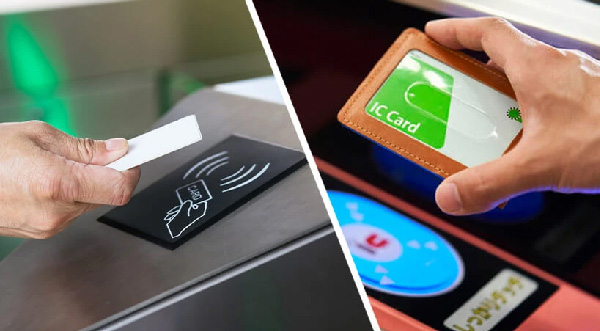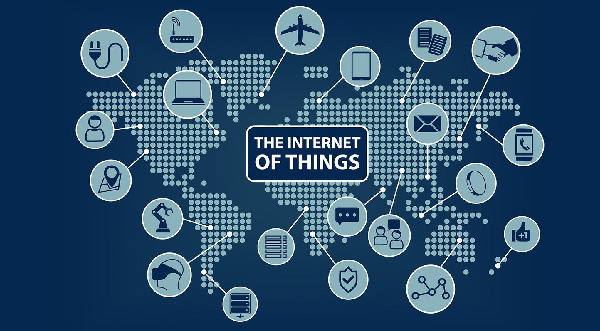What is the difference between IC card ID card M1 card?
IC card (Integrated Circuit Card) is another new type of information tool that emerged after magnetic cards. IC cards are also known as smart cards, intelligent cards, microcircuit cards, or microchip cards in some countries and regions. It involves embedding a microelectronic chip into a card base that complies with the ISO 7816 standard, in the form of a card; It has been widely applied in many fields including finance, transportation, social security, etc.
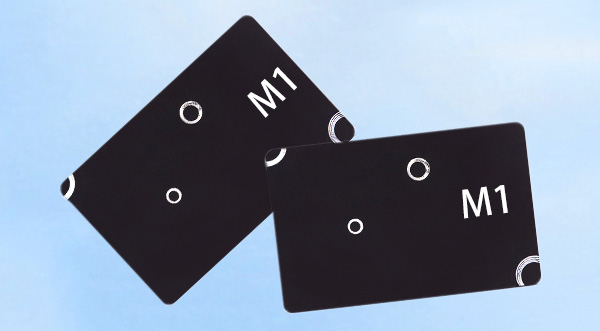 The IC card reader/writer is the bridge between the IC card and the application system, and is referred to as the Interface Device (IFD) in the ISO international standard. The CPU in IFD is connected to the IC card through an interface circuit and communicates with it. The IC card interface circuit is a crucial part of the IC card reader/writer. Depending on the actual application system, different IC card reader/writer chips such as parallel communication, half duplex serial communication, and I2C communication can be selected.
The IC card reader/writer is the bridge between the IC card and the application system, and is referred to as the Interface Device (IFD) in the ISO international standard. The CPU in IFD is connected to the IC card through an interface circuit and communicates with it. The IC card interface circuit is a crucial part of the IC card reader/writer. Depending on the actual application system, different IC card reader/writer chips such as parallel communication, half duplex serial communication, and I2C communication can be selected.
Introduction to non-contact IC card, also known as RF card, successfully solves the problem of passive (no power supply in the card) and contactless, and is a major breakthrough in the field of electronic devices. Mainly used in automatic fare collection systems for buses, ferries, and subways, it is also applied in access control management, identity verification, and electronic wallets.
The full name of an ID card is Identification Card, which is a non writable induction card with a fixed number. It mainly includes the EM format of SYRIS in Taiwan, as well as various ID cards such as HID, TI, MOTOROLA in the United States
M1 card has the advantages of being a multifunctional card that can be read and written, but its disadvantages are: slightly expensive, short sensing distance, suitable for non fixed consumption systems, parking lot systems, access control and attendance systems, etc

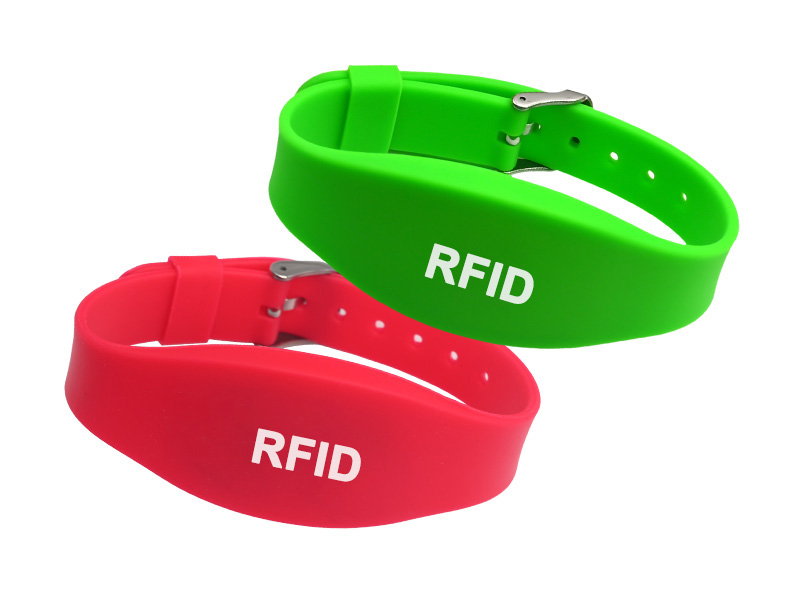
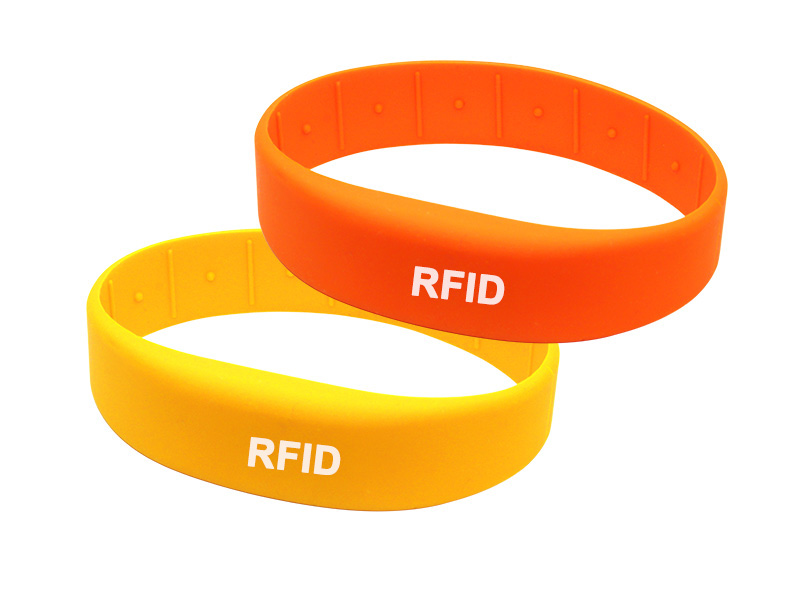
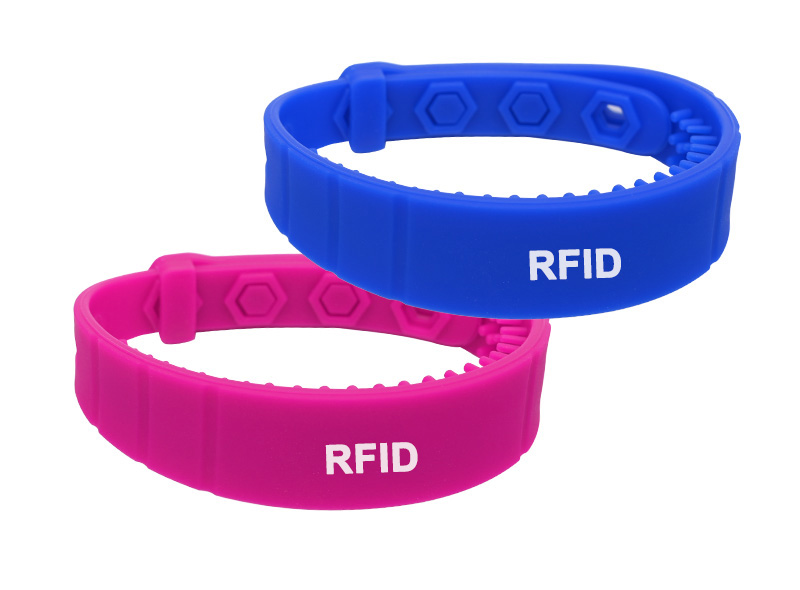
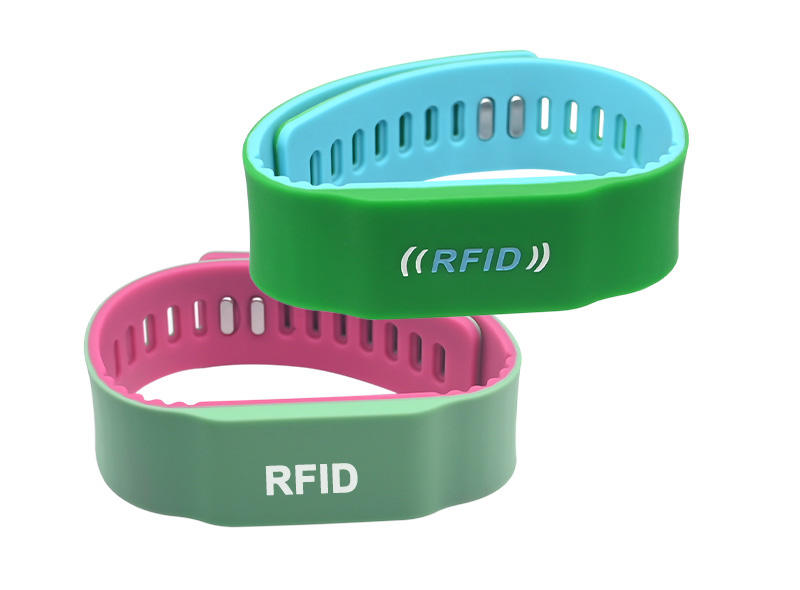


 The IC card reader/writer is the bridge between the IC card and the application system, and is referred to as the Interface Device (IFD) in the ISO international standard. The CPU in IFD is connected to the IC card through an interface circuit and communicates with it. The IC card interface circuit is a crucial part of the IC card reader/writer. Depending on the actual application system, different IC card reader/writer chips such as parallel communication, half duplex serial communication, and I2C communication can be selected.
The IC card reader/writer is the bridge between the IC card and the application system, and is referred to as the Interface Device (IFD) in the ISO international standard. The CPU in IFD is connected to the IC card through an interface circuit and communicates with it. The IC card interface circuit is a crucial part of the IC card reader/writer. Depending on the actual application system, different IC card reader/writer chips such as parallel communication, half duplex serial communication, and I2C communication can be selected.